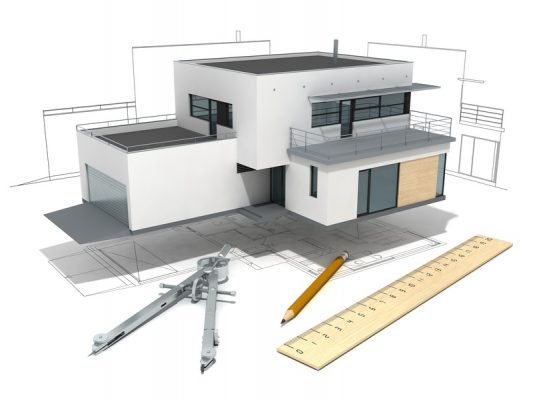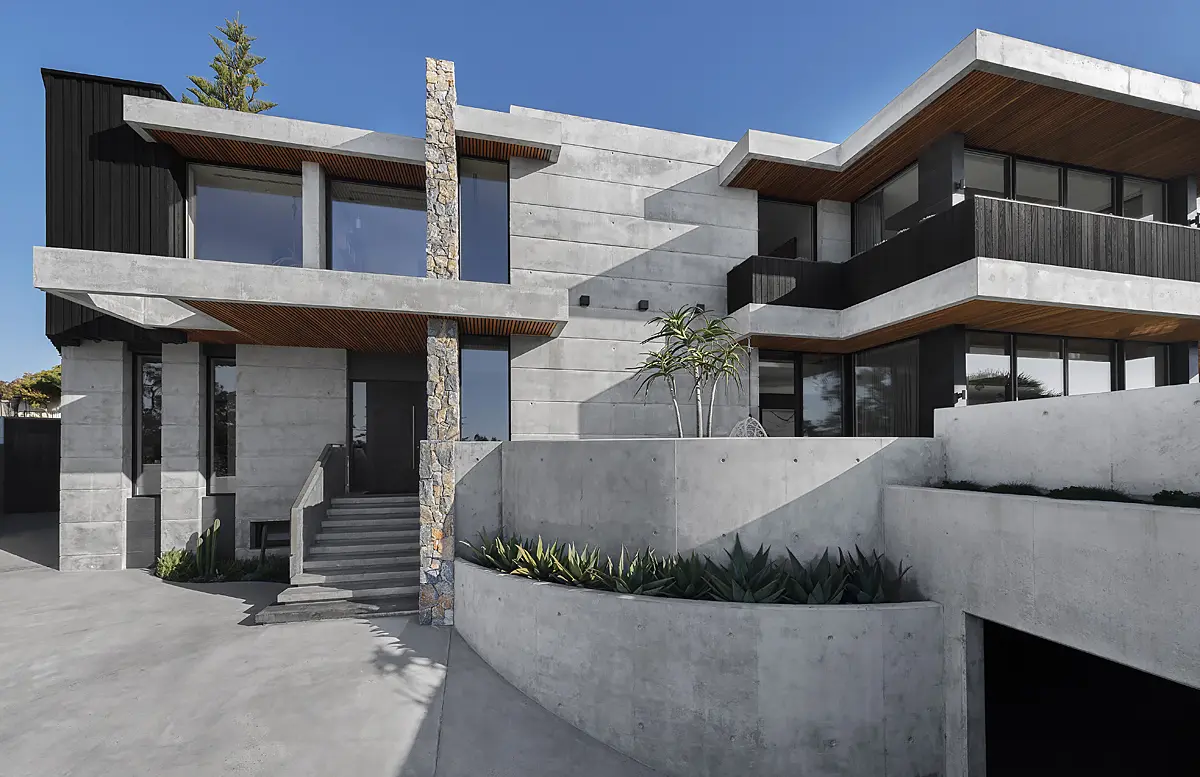Residential Architectural Firm Specializing in Custom Home Design Solutions
How Residential Architects Create Custom-made Houses for every single Lifestyle
The procedure by which property engineers style personalized homes is a nuanced interaction of comprehending customer demands and converting those insights right into useful living areas. With comprehensive appointments and the usage of design devices, architects record the significance of their clients' lifestyles, guaranteeing that each home mirrors individual worths and ambitions.
Understanding Client Needs

Reliable interaction is vital in this procedure. Designers ought to urge customers to express their way of lives, family characteristics, and future ambitions, making certain that the layout mirrors their unique identity. By using devices such as sets of questions, interviews, and visual studies, architects can collect important understandings right into the client's vision.
Additionally, comprehending the context in which a home will exist is necessary. Engineers need to consider aspects such as the website characteristics, neighborhood environment, and cultural influences that can affect the design. This all natural approach enables the production of rooms that are not only cosmetically pleasing but additionally practical and sustainable.
Inevitably, a deep understanding of client needs enables architects to create tailored homes that enhance the top quality of life for their passengers, promoting a feeling of belonging and convenience within their living atmospheres.
Layout Refine and Cooperation
The style process in domestic style is a vibrant interaction of creative thinking and partnership, where designers, clients, and different stakeholders work very closely to bring a vision to life. This iterative trip normally starts with a collection of meetings to establish an extensive understanding of the customer's ambitions, choices, and way of living requirements. Throughout these conversations, designers collect important information, allowing them to conceptualize designs that straighten with the customer's vision.
Adhering to the first consultations, the layout stage develops through illustrations, 3D models, and architectural renderings. This visual communication acts as a tool for engineers to existing concepts, while likewise welcoming customer responses, making sure that the last style reverberates with their expectations. Effective cooperation with engineers, service providers, and interior developers is vital throughout this stage, as it ensures that all functional elements of the task are perfectly integrated.

Incorporating Way Of Life Aspects
Incorporating way of life elements into property design is important for creating areas that truly resonate with the inhabitants. residential architecture homes. This procedure begins with comprehending the one-of-a-kind requirements, preferences, and everyday routines of the home owners. Designers take part in extensive conversations to discover just how the specific or household uses their room, whether for enjoyable guests, seeking leisure activities, or looking for quiet retreat
As soon as these insights are gathered, designers can customize layout functions that boost day-to-day experiences. As an example, open floor plans might be designed for households that prioritize togetherness, while devoted workspaces can be integrated for those who function from home. Exterior areas, such as yards you could check here or outdoor patios, can be stressed for families that delight in outside activities or entertaining.
Furthermore, adaptability is an essential factor to consider; multi-functional rooms permit flexibility as lifestyles progress in time. Custom-made storage space options can also be integrated to fulfill specific organization requirements, making certain that the home remains clutter-free and useful. Eventually, by thoughtfully weaving way of life elements into the building material, household engineers produce tailored homes that not just meet aesthetic desires yet likewise dramatically improve the quality of life for their clients.
Sustainable and Smart Style
Smart and sustainable style significantly plays a pivotal role in residential architecture, as property owners look for to lessen their ecological impact while improving their living experiences. Designers are now integrating eco-friendly products, energy-efficient systems, and ingenious modern technologies to create homes that not only satisfy aesthetic needs but additionally serve the planet.
Including renewable resource resources, such as solar panels and wind turbines, allows home owners to harness natural deposits, substantially decreasing dependence on standard power grids. Smart home technologies further improve sustainability by optimizing energy usage through automated systems that regulate heating, lights, and air conditioning based upon occupancy and choices.
Additionally, making use of my site sustainable building products-- like recovered timber, bamboo, and recycled steel-- promotes a round economic climate, lowering waste and source consumption. Architects also highlight passive design principles, making certain homes are oriented for optimum natural light and ventilation, consequently minimizing the need for artificial home heating and cooling.
In addition to eco-friendly benefits, sustainable and smart design adds to the general comfort and wellness of homeowners. By prioritizing indoor air quality and natural environments, architects produce spaces that promote wellness, permitting home owners to thrive attuned to their setting.
Finalizing and Carrying Out Strategies
Wrapping up and applying strategies is a vital phase in the domestic style procedure, where the vision of a tailored home starts to materialize. This stage involves thorough focus to information, ensuring that every aspect of the layout is precisely verbalized and all set for building. residential architecture homes. Architects collaborate closely with customers to examine last strategies, dealing with any final adjustments or worries, while making sure that all aspects align with the house owner's lifestyle demands
Once strategies are settled, designers prepare thorough building documents, consisting of detailed drawings and specifications that function as a plan for home builders. These records describe products, finishes, and installation approaches, offering clearness for subcontractors and specialists. Furthermore, safeguarding essential licenses and sticking to neighborhood building codes is necessary, as it makes certain conformity and smooth job implementation.
By fostering a collective atmosphere, architects can guarantee YOURURL.com that the execution lines up with the original vision. Ultimately, this important stage changes concepts right into truth, laying the foundation for a home that shows the distinct way of life and preferences of its residents.
Conclusion
Finally, property architects play an essential function in crafting personalized homes that deal with varied way of livings. Via meticulous understanding of client needs, collaborative style procedures, and the combination of lifestyle components, architects make certain that each home shows specific choices. The incorporation of lasting practices and smart modern technologies additionally enhances functionality and ecological duty. Inevitably, the initiatives of residential architects finish in the understanding of customized living rooms that advertise comfort and health for their residents.
The process by which residential designers layout customized homes is a nuanced interaction of recognizing client requirements and converting those understandings right into functional living areas. Through extensive assessments and the use of design tools, designers catch the significance of their customers' way of lives, making certain that each home shows individual worths and ambitions. Architects must encourage clients to articulate their way of lives, family dynamics, and future ambitions, making certain that the design shows their special identification.The layout procedure in residential design is a vibrant interplay of creative thinking and partnership, where engineers, clients, and numerous stakeholders work closely to bring a vision to life - residential architecture homes. With thorough understanding of customer needs, collaborative design procedures, and the integration of way of life components, engineers make certain that each home reflects private choices